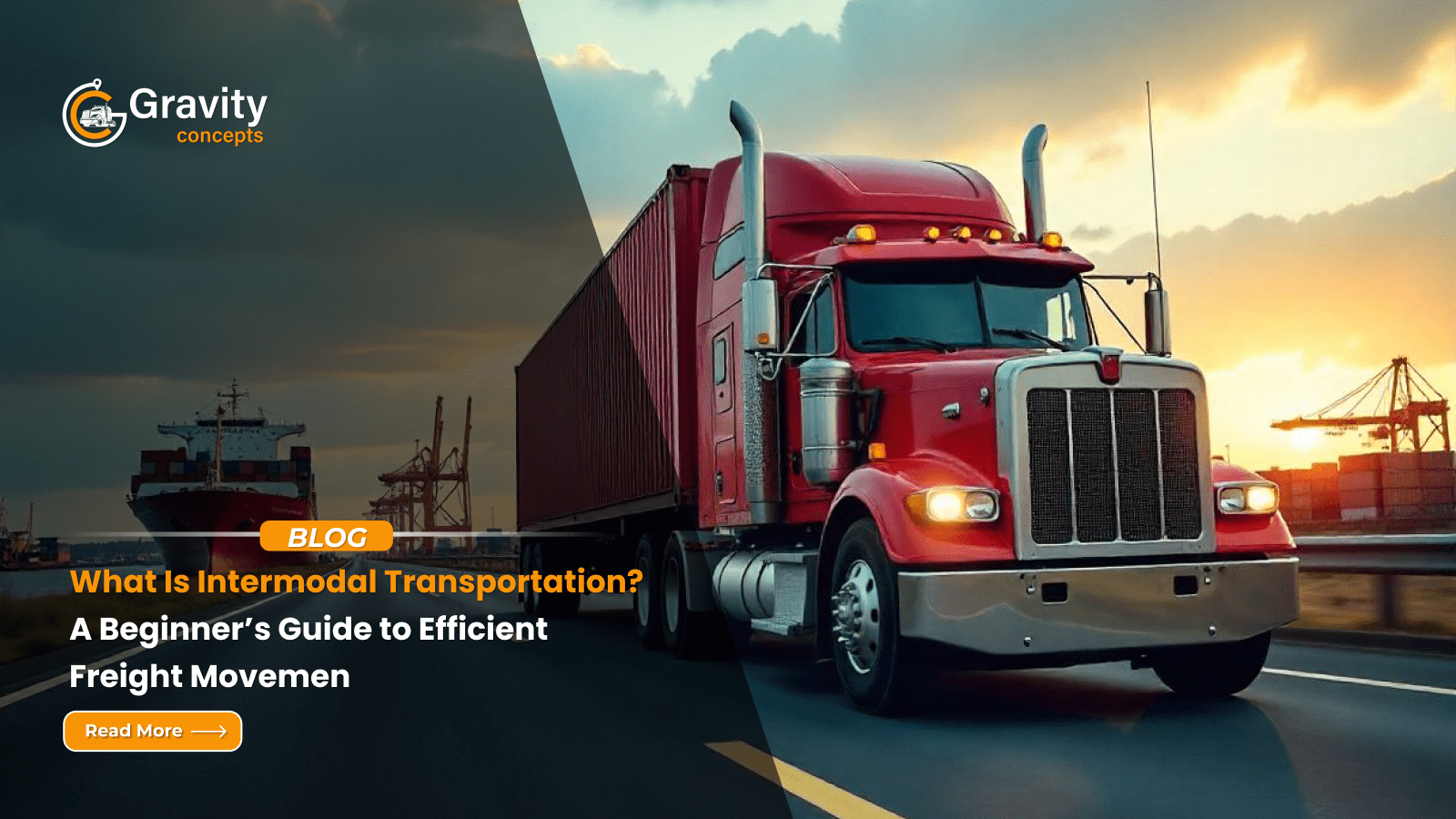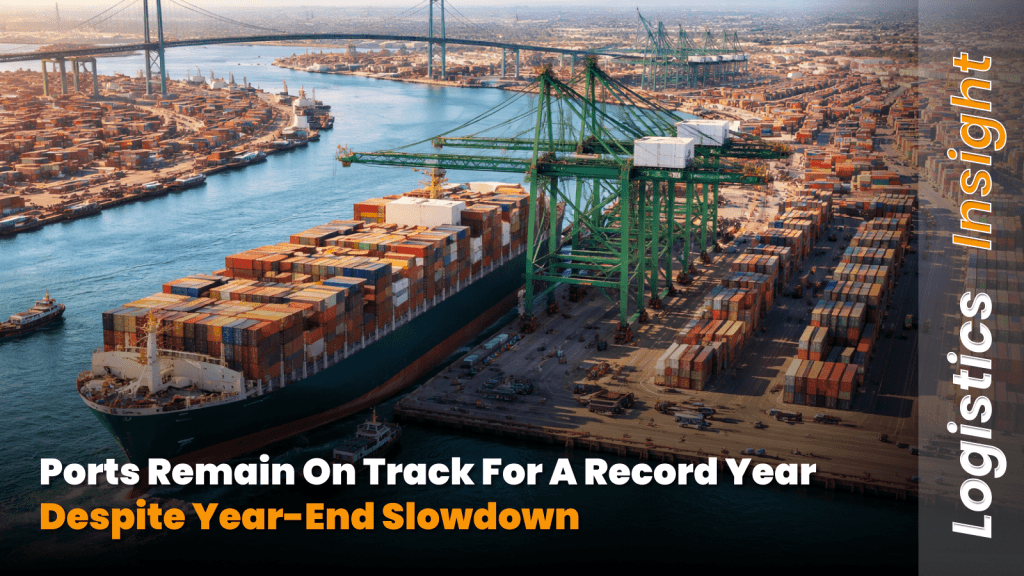
What Is Intermodal Transportation? A Beginner’s Guide to Efficient Freight Movement
In today’s fast-paced logistics world, efficient freight movement is more than just a necessity—it’s a competitive advantage. One of the most effective ways to streamline the movement of goods is through intermodal transportation. But what exactly is intermodal transportation, and how can it benefit your supply chain?
This guide breaks down the concept of intermodal shipping, its core components, benefits, and how it fits into modern logistics strategies for businesses of all sizes.
What Is Intermodal Transportation?
Intermodal transportation is a method of freight shipping that involves the use of two or more modes of transportation (such as truck, rail, ship, or air) without handling the actual cargo when changing modes. The goods remain in the same intermodal container throughout the journey, reducing handling, risk, and delays.
While rail is a common component in traditional intermodal transport, many companies also utilize intermodal trucking, intermodal freight carriers, and intermodal containers for cross-docking, port-to-warehouse, or long-haul freight routes.
How Intermodal Transportation Works
The basic flow of intermodal shipping usually looks like this:
- Pickup by Truck: A truck picks up a loaded intermodal container from a warehouse or manufacturing site.
- Transfer to Second Mode: The container is transported to a port or terminal and then transferred to a ship or another truck depending on the route.
- Main Haul via Alternate Mode: The container travels across a region or country.
- Final Delivery by Truck: A second truck picks up the same container and delivers it to the destination.
Throughout this process, the container remains sealed, ensuring product integrity and reducing manual handling.
Key Components of Intermodal Freight
Understanding the elements involved helps clarify how intermodal transportation supports modern supply chains:
- Intermodal Containers: Standardized metal boxes (20ft, 40ft, 53ft) that can be used across different transportation modes.
- Intermodal Trucks: Specialized trucks designed to haul intermodal containers efficiently over short or long distances.
- Intermodal Freight Carriers: Logistics providers that manage the seamless movement of containers across multiple transport modes.
- Intermodal Shipping Hubs: Key locations where containers are transferred between trucks, ships, or aircraft.
Benefits of Intermodal Transportation
Intermodal freight transport offers several advantages:
1. Cost Efficiency
By combining trucking with other cost-effective methods like maritime shipping or cross-border trucking, businesses can reduce fuel costs and save on long-haul freight.
2. Flexibility and Scalability
Intermodal shipping provides flexibility across peak seasons, international borders, and varying freight volumes. It’s ideal for businesses looking to scale operations.
3. Enhanced Security
Sealed intermodal containers lower the risk of tampering, damage, or loss during transfers between modes.
4. Environmental Benefits
By consolidating shipments and reducing fuel usage with optimized routing, intermodal freight transportation helps reduce carbon footprints.
5. Reduced Handling
Since the cargo remains inside the container from origin to destination, there’s less physical handling, reducing the risk of damage.
When Should You Consider Intermodal Freight?
Intermodal transportation is ideal for:
- Long-haul domestic or cross-border shipments
- Supply chains needing flexible yet reliable solutions
- Bulk freight or palletized loads
- Industries such as manufacturing, retail, agriculture, and consumer goods
Common Challenges in Intermodal Transportation
While highly beneficial, there are some challenges to consider:
- Coordination: Requires detailed planning and coordination among carriers and logistics providers.
- Transit Time: While cost-effective, intermodal may have slightly longer transit times than direct OTR (over-the-road) options.
- Infrastructure Dependence: Access to intermodal hubs or ports is essential for successful operations.
Fortunately, these challenges can be mitigated by working with experienced intermodal freight carriers who can manage the complexity.
Intermodal Transportation vs. Multimodal Transportation
Though often used interchangeably, there is a key difference:
- Intermodal Transportation involves using multiple transport modes but with a single container and minimal handling.
- Multimodal Transportation may involve multiple modes, but cargo is often transferred between containers or handled during mode changes.
Intermodal services are generally more efficient when containerization is possible.
The Future of Intermodal Freight
With increasing globalization and the demand for sustainable logistics, intermodal transportation is gaining momentum. Advanced tracking technologies, route optimization, and smart supply chain integration are making intermodal solutions more accessible and efficient.
As businesses focus more on reducing emissions and cutting transportation costs, intermodal shipping offers the best of both worlds—reliability and affordability.
Conclusion
If you’re looking to boost efficiency, lower costs, and strengthen your supply chain, intermodal freight transportation is a strategic choice worth exploring. With the right planning and a reliable logistics partner, intermodal services can transform your shipping strategy into a lean, responsive, and future-ready operation.



